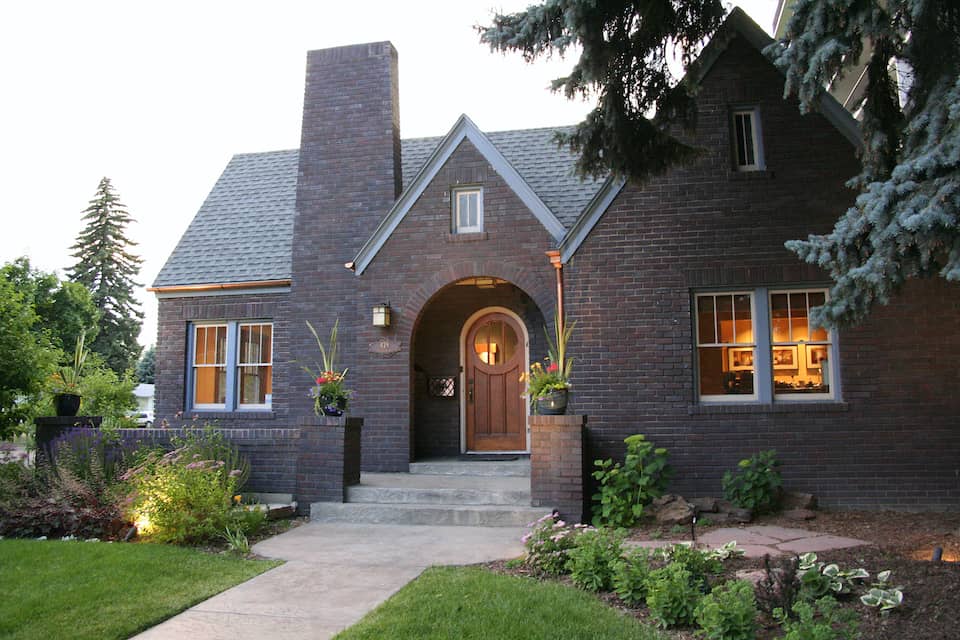St. Patrick’s Day is one week away, lads and lassies. In the spirit of all things green, we’re tackling one of our favorite topics: sustainable remodeling. 
The terms “green” and “sustainable” are often used interchangeably, but purists will argue the two terms are not one in the same. Technically, they would be right. According to the Merriam-Webster Dictionary, green is defined as “tending to preserve environmental quality (as by being recyclable, biodegradable, or nonpolluting).” The term sustainable is described as “a method of harvesting or using a resource so that the resource is not depleted or permanently damaged.”
For the purpose of this column, we will use the more global term “sustainable remodeling” to encompass both green and sustainable strategies that promote the health of homeowners and the planet for future generations.
Remodeling an existing home is inherently more eco-friendly than new construction because you are upgrading rather than replacing, repurposing rather than building new. Sustainable remodeling goes a step further by prioritizing home improvement choices that improve energy efficiency, resource conservation and a healthy indoor environment.
To maximize sustainability in your remodel, consider the following:
Energy efficiency
Begin with a home energy audit to find leaks. Remodeling is a great time to add insulation, seal drafts, install new windows, and replace old appliances and HVAC units with energy-efficient options. The reduced energy consumption is great for the planet, and it means lower utility bills every month for the life of your house.
Indoor air quality
Poor indoor air quality is linked to chronic respiratory problems. Some of the most common air pollutants in our homes are asbestos, chemicals, combustion, formaldehyde, lead, ozone, particulates, pesticides, radon and volatile organic compounds (VOCs). According to Realtor.com, wall-to-wall synthetic carpeting can contain up to 120 toxic and carcinogenic chemicals, which have been linked to a number of flu-like symptoms. Healthier flooring options include natural-fiber carpets, hardwoods, natural linoleum, cork, ceramic tile, marble and stone. Choose paint, sealer, stain, caulk, grout, adhesive and paint thinners with zero VOCs to minimize unhealthy off-gassing.
Water conservation
Save water by installing low-flow plumbing fixtures, high efficiency or tankless water heaters, and high efficiency toilets and dishwashers. In Colorado’s semi-arid climate, it’s water wise to install drought-tolerant landscaping with a drip irrigation system.
Material use
The United States Green Building Council (USGBC) suggests that sustainably-minded materials are natural and nontoxic, locally made or sustainably harvested, recycled and recyclable, energy-efficient to produce and durable. In Northern Colorado, using reclaimed or local beetle kill lumber is a great option. If planning an addition, staying within the existing footprint of your home will reduce the heavy equipment and quantity of building materials needed for the job, too.
For more ideas about sustainable remodeling, contact the Colorado Chapter of the USGBC (www.USGBCColorado.org). Even if you incorporate just a few sustainable strategies during a remodel, you will contribute to a healthier living space, a happier planet and more green in your wallet.

